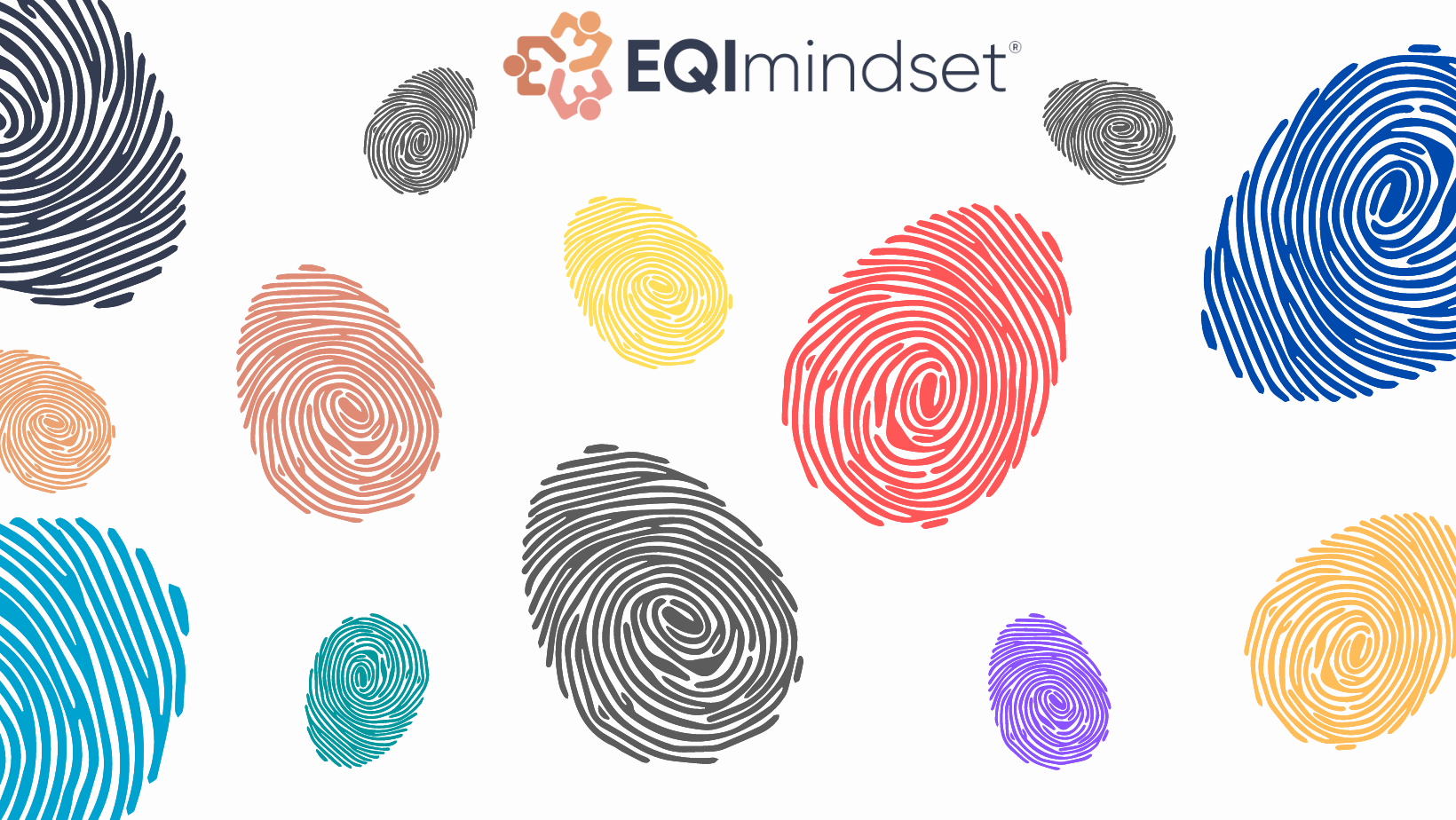Employee Resource Groups (ERGs) are groups that are formed within organizations that serve specific minority and/or underserved groups. Although the most common are the gender and ethnic groups and stems from the origin of ERGs (Race and Gender Equality), there are now various other groups that have begun to gain traction depending on the organizational need and are more intersectional.
When it comes to Employee Resource Groups (ERGs), there are different contributors with different roles, and the question of Membership Vs leadership is common.
Who are the ERG “Members”?
How do we determine who leads our ERGs?
Who is involved in making the ERG work?
How do we assemble the ERG team?
How do we build a support system for our ERG?
What does a people succession plan for ERG look like?
The overarching question for organizational leaders should be what is our “ERG PEOPLE STRATEGY”?
First, to launch and successfully operate a sustainable ERG that evolves, delivers results, and remains active beyond a single individual, the roles should be clear and there should be the willingness to perform or learn as needed. Determination of ERG people strategy begins with an understanding of the framework for what is needed to make ERGs work.

Influence: This is a big need for ERG success. There is a level of influence required to optimize an ERG and leverage the group for driving systemic changes. Influence up is needed but also influence across the organization.
Vision: There should be individuals who are visionary and have the skills to define a vision around the organizational strategy for ERGs
Passion: This is critical for all levels of participation and usually how highly effective ERGS has survived so far especially in the absence of resources and structure. However, passion alone can be exhausting and without support leads to individual burnout. Passion alone also does not breed institutionalized changes and succession within an organization.
Functional Skills: This is where all the ideas and plans can screech to a halt if not taken into consideration. It is also the area that can be taught and hired for — Project Management, Marketing, Event Planning, etc.
Defining the People Strategy For Your ERG
In assembling and strengthening your ERG four categories of people are involved and each with a different audience and responsibility:

ERG Executive Leader
In determining the right fit for this role, this is where we answer the questions:
Who is “Influential” across the organization leadership team?
Who is able to relate to the member group?
Who is passionate about the impact on the group?
The organization’s executive leadership team has the responsibility and decision-making power to establish an ERG. Although for most organizations the initiation point for ERG establishment is not usually within the executive leadership team, to successfully launch or optimize an ERG there needs to be someone with the INFLUENCE at this level to push the ERG idea forward and maintain the connection to the business goal for the company. If there is a disconnect at this level the gap only widens towards the bottom.
ERG Manager
In determining the right fit for this role, this is where we answer the questions:
Who has the “Skills” to manage projects & programs?
Who is “Knowledgeable” about “Diversity, Equity, Inclusion & Belonging”?
Who is collaborative and can think “intersectionally”?
A lot of the responsibility for this role does not necessarily require the membership of the groups but usually someone who has a more formal role/responsibility within the organization that aligns with ERG management. Some organizations have been able to evolve this responsibility into a paid full-time role within the DEI team or HR function. The importance of this role is not advocacy for one particular ERG but providing the support to enable all ERGs to thrive.
ERG Leader(s)
In determining the right fit for this role, this is where we answer the questions:
Who is “Passionate” about the specific underserved or minority group?
Who is “Knowledgeable” about or “can get insight” from an underserved or minority group?
Who can benefit from the “Stretch” opportunity by leading the group?
The assumption is always that this role is 1 person but depending on the organizational size and the scope of activities, the ERG leadership responsibility might require 3–5 people on average. This role engages in a lot of gap bridging activities and is not necessarily fun and appreciated work but very essential and time consuming. From gathering insights, driving engagement between the members, Influencing up, providing feedback, and driving change. The ERG leader(s) have the operational responsibility for planning and leading programs and guiding the strategy for the ERG.
ERG Members (Vs ERG participants)
The key question answered here is “In establishing a particular ERG, whom do we seek to support”?
Everyone who is a part of the underserved or minority group represented by an ERG is a member of that ERG. The membership should be defined by the established goal and vision of the organization for creating the specific ERG.
Depending on the ERG type, the ERG participants are usually a subsection of the ERG members. The organization and ERG leadership should seek to represent the interest of the employees within the member group regardless of their participation in events.
This does not mean the ERG should not focus on participation — However the ERG participation should be an engagement metric. Tracking “participants” provides the opportunity for the organization to continue to drive impact through ERG and define the scope of events and programs.
In conclusion, ERG Executive leadership, ERG Managers, ERG leaders, and ERG Members have different roles and responsibilities and not all organizations can start off having all the layers represented. However, If your ERG is to be truly an impactful aspect of your DEI strategy, you should have the people Strategy in mind.
To build an impactful and sustainable ERG, identifying the people filling the necessary roles should take into account the simultaneous need for Passion, Vision, Influence, AND Skills.
Skills — What learning and development opportunities exist for the critical skills?
Influence — Who has Influence and can build Trust?
Vision — How do we incorporate ERG as part of our Overall Business Strategy?
Passion —Who are those passionate employees we already have?

For ERG people strategy think holistically about the people needed for each function. You can hire for skills, you can train for skills but a sustainable ERG needs the vision and the passion that does not necessarily exist within the same employee resource and should not be assumed. Without the influence and the skills/resources, the group can do more harm than good and lead to failed impact on the minority or underserved groups.





